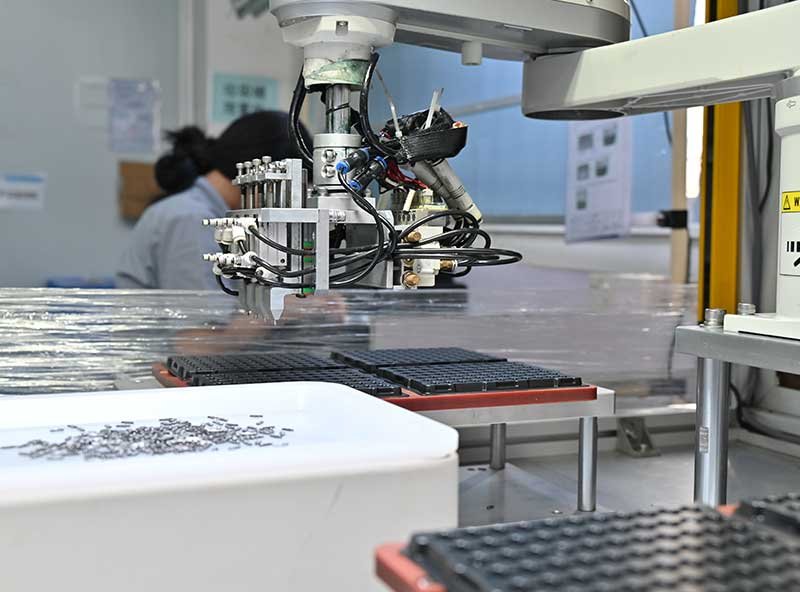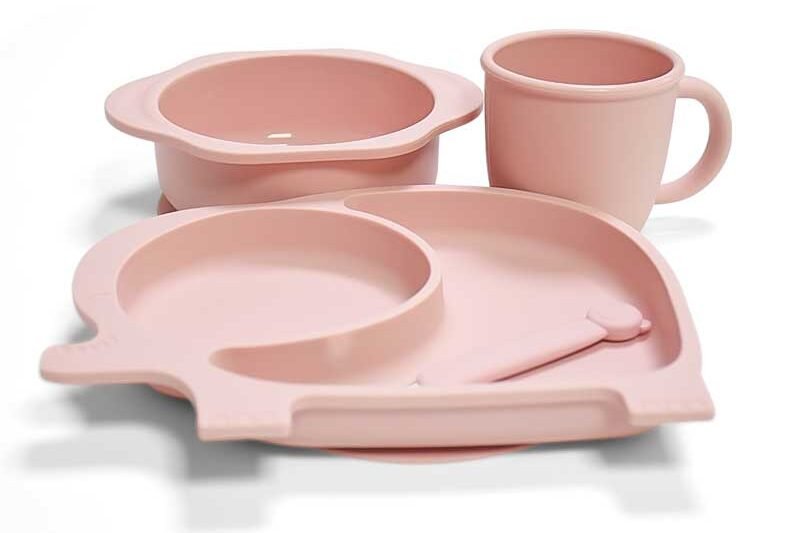Importing silicone products from China can be a goldmine—or a nightmare. You want eco-friendly, food-grade, customizable goods without delays or shady dealings. The stakes are high: your brand’s reputation depends on what arrives in that container. So how do you import smartly, safely, and profitably?
The key is working with the right supplier, understanding certifications, mastering logistics, and avoiding traps like slow communication and delivery delays. This guide covers it all—quality control, incoterms, molds, and more—so you can make confident, profitable decisions when buying silicone products from China.
It’s not rocket science, but it sure feels like it when the first batch goes wrong. Let’s prevent that from happening.
Why Import Silicone Products From China?
China dominates the silicone manufacturing game.
Why? A few reasons:
- Mature supply chain
- Lower labor costs
- Advanced machinery
- Flexible customization
- Massive production capacity
At Ruiyang Silicone, we ship 100,000 pieces daily from our 10,000 m² factory. That scale means better pricing and faster lead times for you.

What Are the Most Popular Silicone Products to Import?
Buyers like John (our typical customer) are looking for:
- Silicone baby products: bibs, pacifiers, plates
- Kitchenware: spatulas, molds, baking mats
- Toys: fidget poppers, sensory tools
- Industrial parts: gaskets, seals, tubing
- Molds: for food, resin, and candle-making
Customization is king. Your logo, your shape, your color. We’ve made unicorn-shaped teething rings and bacon-scented silicone dog bowls (don’t ask).

What Certifications Do I Need to Look For?
One word: compliance.
The last thing you want is a container held at customs or, worse, a lawsuit from toxic materials.
Here’s what to ask your supplier for:
- FDA for food-contact items
- LFGB for European standards
- BPA-free certificates
- REACH & RoHS for environmental safety
- CPSIA for children’s products
Pro tip: ask for lab test reports from accredited labs like SGS or TUV. If a supplier hesitates, walk away.
What Are the Common Importing Challenges?
I’ve heard all the horror stories from buyers. Here are the top problems:
- Delayed shipments = missed peak seasons
- Language barriers = costly misunderstandings
- Fake certifications = legal risk
- Poor mold quality = wasted investment
- Unclear payment terms = trust issues
That’s why we offer one-stop service at Ruiyang—design to delivery—with clear timelines, contracts, and real-time updates.
How to Vet a Silicone Supplier?
Don’t just Google and hope for the best. Use a methodical approach:
- Check their factory certification (ISO, BSCI, Sedex)
- Ask for a factory tour video or do a virtual audit
- Test communication: how fast and clear are their replies?
- Ask for samples: test both quality and packaging
- Review trade history on [Alibaba supplier info]
- Ask for references from past clients in your country
Real factories don’t ghost you. They don’t say “yes” to everything either. Look for honesty over hype.
How Do I Handle Custom Molds and OEM Orders?
Custom silicone products require molds.
That means upfront cost—but also brand exclusivity.
Here’s what to confirm:
- Mold fee: One-time or refundable after MOQ?
- Ownership: Who keeps the mold? You or the factory?
- Material: Steel or aluminum? (Affects lifespan.)
- Lead time: Usually 7–15 days
- 3D drawings: Ask for CAD files and prototype confirmation
We’ve helped clients go from sketch-on-napkin to mass production. It’s a process. But a profitable one.
What’s the Best Way to Manage Payment and Logistics?
When importing, follow this mantra: low risk, high clarity.
Payment Methods:
- 30/70 terms: 30% deposit, 70% after QC pass
- T/T (wire transfer): Common and traceable
- Alibaba Trade Assurance: Good for small/medium orders
- L/C: For large corporate orders
Logistics:
- FOB vs CIF – Know your incoterms ([Incoterms guide])
- Use freight forwarders who specialize in silicone
- Plan ahead: silicone raw material prices fluctuate
- Don’t forget duty and HS codes ([HS code database])
Working with someone like us means we help calculate duty, recommend forwarders, and give packing details up front.
How Long Does the Import Process Take?
Let’s break it down:
| Step | Timeline |
|---|---|
| Sampling | 5–10 days |
| Mold making (if any) | 7–15 days |
| Mass production | 15–25 days |
| Quality inspection | 1–3 days |
| Shipping | 15–40 days (by sea) or 5–7 days (air express) |
So you’re looking at 1 to 2 months total.
Order early if you have seasonal sales.
Peak months (Sept–Dec) = longer lead times.
What Are Red Flags to Watch Out For?
Some suppliers look good—until they don’t. Watch out for:
- Over-promising lead times
- No samples or poor packaging
- Generic replies to technical questions
- Too many product categories = not specialized
- Refusal to video call or send factory photos
If it feels fishy, it probably is. Trust your gut.
Or better—trust a factory that’s been around since 2012 with 10,000m² under its belt.
Where Can I Find Reliable Silicone Suppliers?
Here’s where to start:
- Trade shows: Canton Fair, ABC Kids Expo, Ambiente
- B2B platforms: [Alibaba link], Made-in-China, Global Sources
- Google: But dig past page 1
- Referrals: Ask others in your network
- Factory directories: [Placeholder directory]
And always, always check their business license and company registration on China’s official platforms.
Final Tips for First-Time Importers
Here’s my cheat sheet if you’re just starting:
- Start small to test supplier reliability
- Communicate in writing: email, not just chat
- Don’t skip sampling
- Clarify payment & delivery terms in your contract
- Have a plan B: second supplier in case of delays
- Always verify certifications independently
And remember: the lowest price isn’t always the best deal.
Focus on total value: quality, lead time, service, and peace of mind.
Conclusion
Importing silicone products from China isn’t hard—if you follow the right process.
Vet your supplier, demand transparency, and think long-term.
At Ruiyang, we’ve helped hundreds of importers just like you succeed—and we’re just one email away.